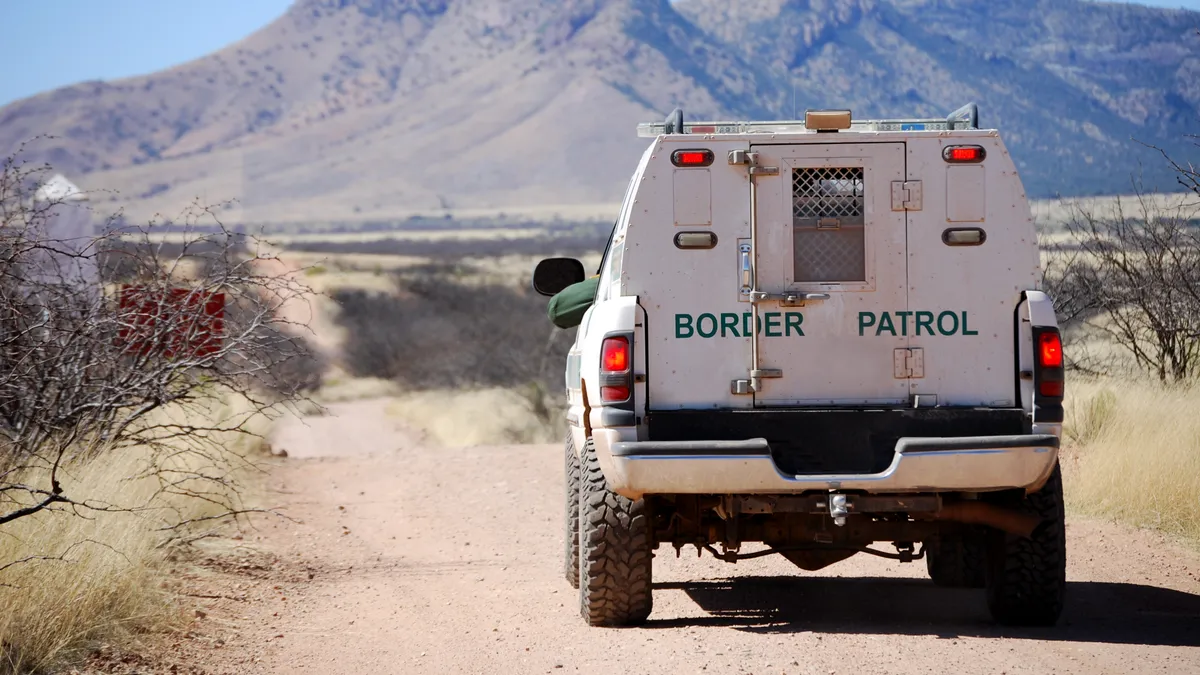Dive Brief:
- Federal agencies are preparing to transition to zero-emission vehicle fleets in coming years, as mandated by the Biden administration, but they face significant challenges to actually do so, a recent Government Accountability Office report finds.
- The costs of charging equipment installation, constraints involving leased space and electrical capacity at some locations were among the concerns expressed in 10 of the 26 agency plans GAO reviewed.
- Agencies have set fiscal year 2023 targets to acquire nearly 9,500 light-duty ZEVs — which include battery-electric, plug-in hybrid and fuel-cell vehicles — but they are limited in the number and types of vehicles available and by congressional appropriations levels, the GAO report finds.
Dive Insight:
Federal agencies’ fleet electrification efforts come in response to a 2021 Biden administration executive order requiring 100% of new federal light-duty vehicle acquisitions to be ZEVs beginning in 2027 and medium- and heavy-duty vehicles to be ZEVs by 2030.
The executive order affects a federal fleet of approximately 380,000 vehicles as they become due for replacement. It directs federal agencies with at least 20 vehicles to establish and annually update plans to install zero-emission vehicle refueling infrastructure and maximize purchases of zero-emission vehicles, including trucks.
As they prepare for zero-emission fleets, “agencies have generally established teams to manage their ZEV transitions and plan to take steps to address any gaps in their technical expertise,” the GAO said. In fiscal 2022, agencies began almost 550 site assessments, which inform charging infrastructure recommendations, and they plan to conduct an additional 1,781 assessments, according to GAO. The agencies plan to install more than 76,000 EV charging ports by 2027.
Increased costs for some agencies could come from large fleets — the Environmental Protection Agency, for example, identified 59 of its facilities that house more than 800 vehicles — or special circumstances which may require the local power utility to upgrade its infrastructure, GAO said. But doing so could “come with substantial costs,” especially in remote locations such as those used by U.S. Customs and Border Protection.
The 26 agencies estimated the cost of transitioning their fleets at more than $470 million, accounting for infrastructure investments and the higher costs of electric vehicles. In fiscal years 2022 and 2023, these agencies received only about a third of their requested appropriations for the purchase of ZEVs.
All federal agencies combined would purchase nearly 30,000 light-duty zero-emission vehicles in 2027, according to GAO data, if funding and the appropriate vehicles are available. Federal agency procurements are subject to “made in America” provisions of Biden’s executive order, which aims to spur the growth of domestic industry and union jobs.












